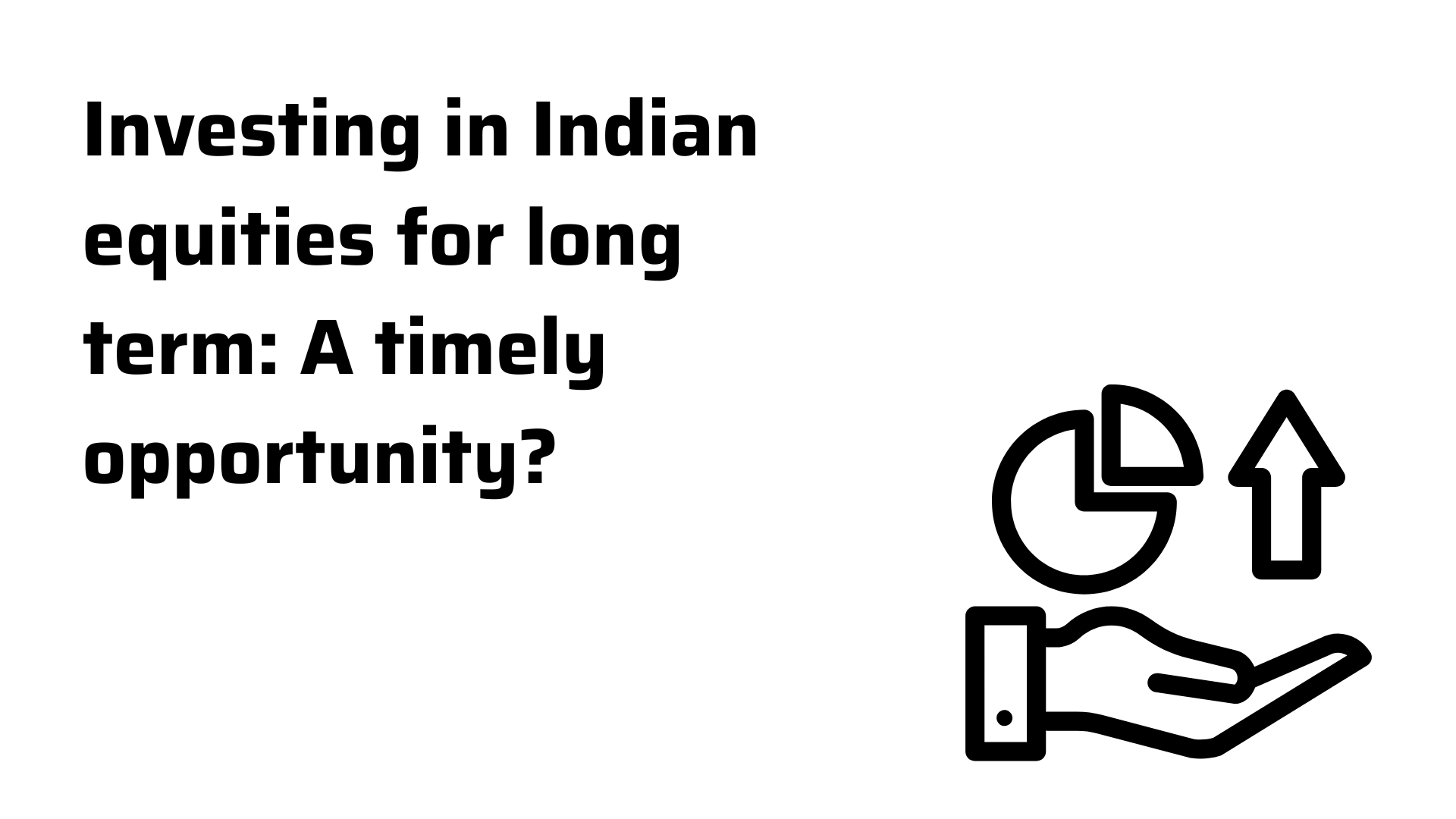Many people have this question at the top of their minds, so whether one should invest directly in equities or in equities through mutual funds.
As of today (Aug 2025), the Indian stock market presents a compelling case for long-term investors, despite short-term volatility and elevated valuations. The Nifty 50 closed at 24,870.10 on August 22. Earlier in the week, the index hovered above 25,050, reflecting a mixed performance driven by global cues and domestic earnings. Year-to-date, the MSCI India Index has underperformed, posting negative returns while global peers gained up to 18.9%, highlighting concerns over high valuations and external risks. However, for horizons of 5-10 years or more, India’s structural strengths outweigh these headwinds, making it an attractive entry point.
Economically, India remains a bright spot globally. The OECD projects real GDP growth at 6.3% for FY2025-26 and 6.4% for FY2026-27, powered by strengthening private consumption and government capital expenditure. Our Balance of Payments, Current Account Deficit, etc. remain healthy and robust too. Private sector balance sheets are not leveraged at all. Long-term drivers include a young demographic, digital transformation via UPI and Aadhaar, and policy reforms like PLI boosting manufacturing.
Sectors such as technology, and infrastructure are poised for multi-year expansion, with Economists noting “imminent recovery” and compelling opportunities in emerging markets equity. Medical tourism has taken the hospital shares to a different orbit.
Valuations provide a nuanced picture. The Nifty 50’s price-to-earnings (P/E) ratio stands at 21.9 as of August 22, slightly above the long-term average of around 18-20 but far from bubble territory. This elevation reflects optimism in earnings growth, projected at 15-18% annually over the next few years. Compared to historical corrections, current levels suggest room for mean reversion, offering value for patient investors. Experts emphasize India’s resilience amid global slowdowns, with digital booms and economic stability creating “compelling bets” for 2025 and beyond. A market that has remained at a PE of 20 for the past 8 years (ignore the Covid fall) has been robust and should current PE is not scary at all.
Risks cannot be ignored. Geopolitical tensions, potential US rate hikes, and domestic inflation (hovering ~4%) could trigger corrections. Recent market dips, underscore volatility from FII outflows and overbought conditions. Some Investors warn of possible crashes tied to global events, advising diversification. Yet, historical data shows Indian equities delivering 12-15% CAGR over decades, outpacing inflation and fixed income.
For long-term investors, now is a prudent time to invest via SIPs in diversified funds or blue-chips as recommended by market analysts. One Analyst argues it’s “strategically sound” for quality positions, emphasizing discipline over timing. Investment sentiment echoes this, with users promoting ETFs like Nifty Bees for safe, long-term growth. In essence, while short-term caution is warranted, India’s growth trajectory makes equities a strong wealth-builder. Focus on fundamentals, diversify, and stay invested time in the market beats timing it.

